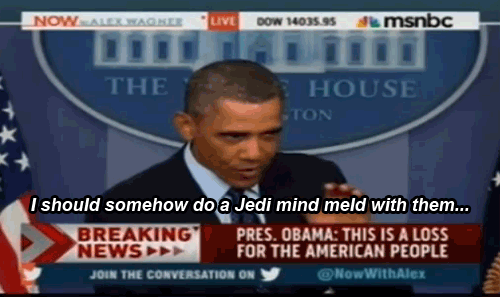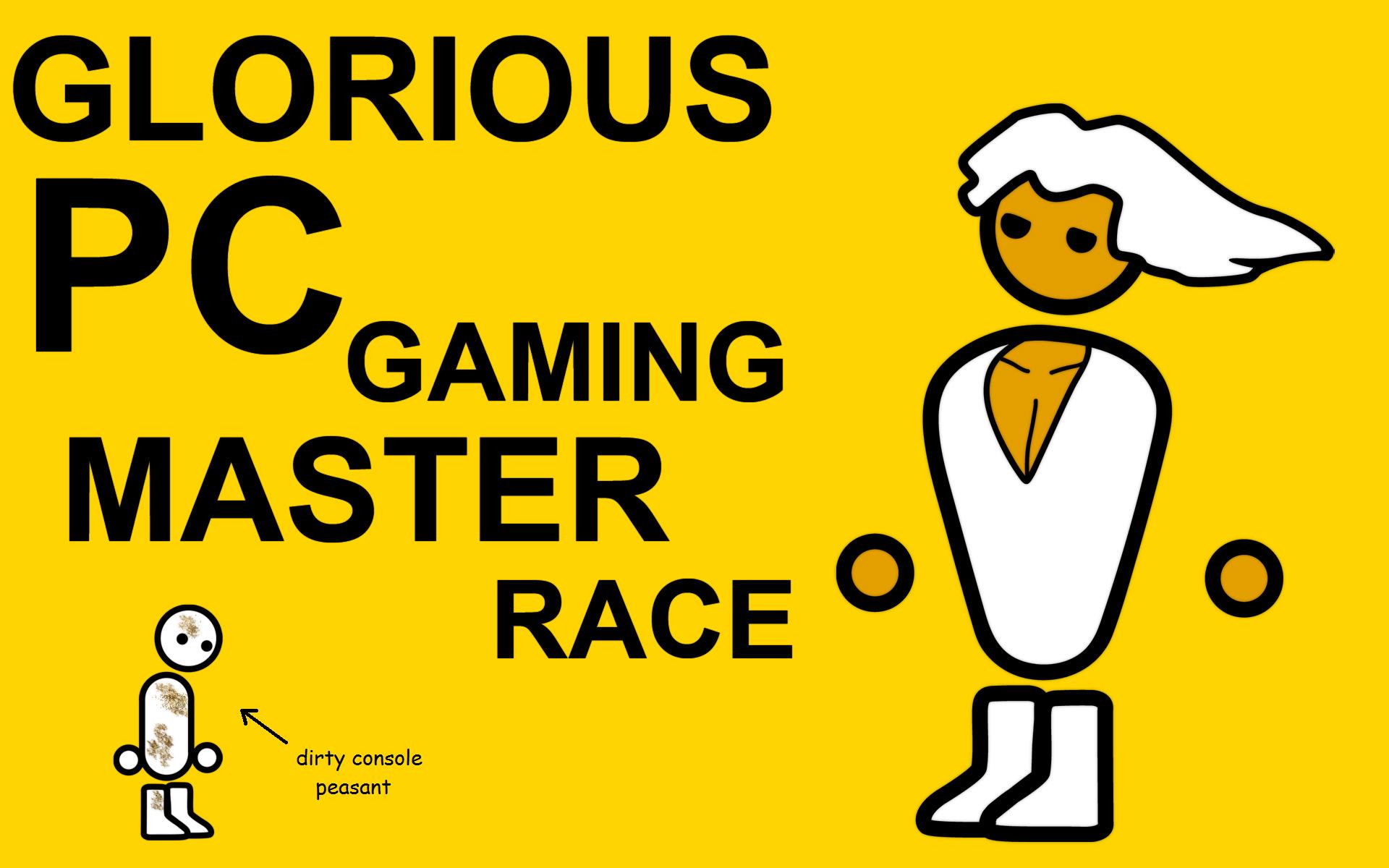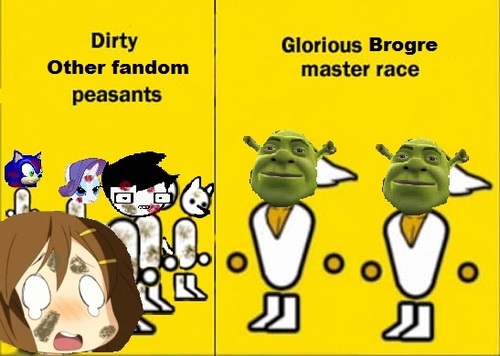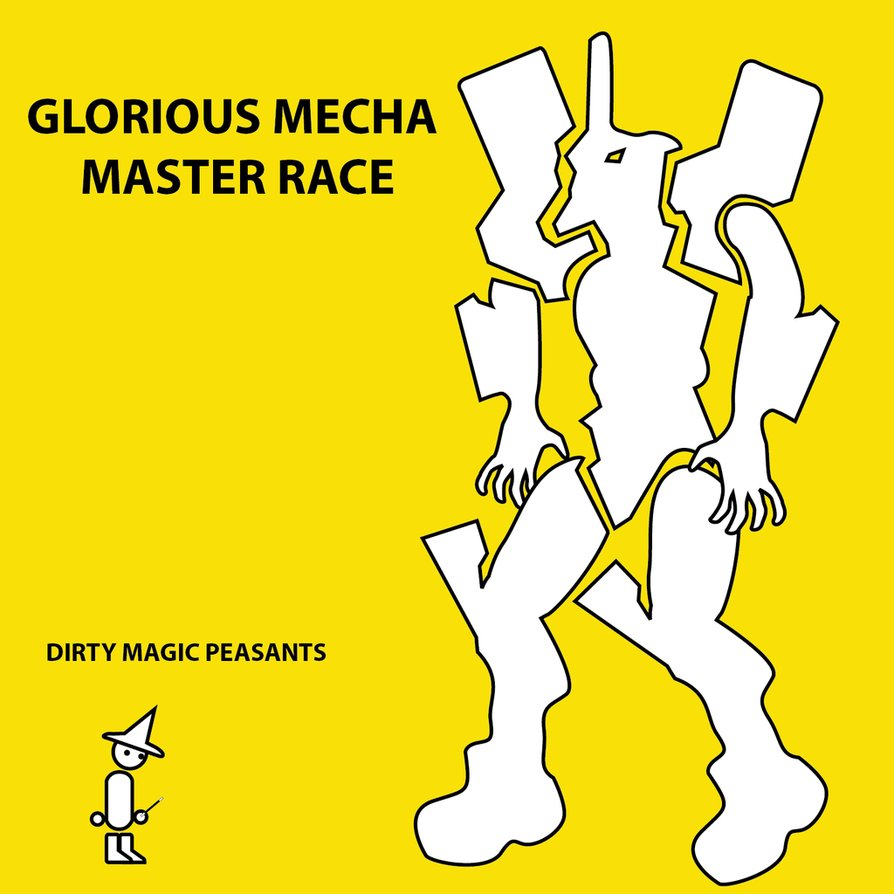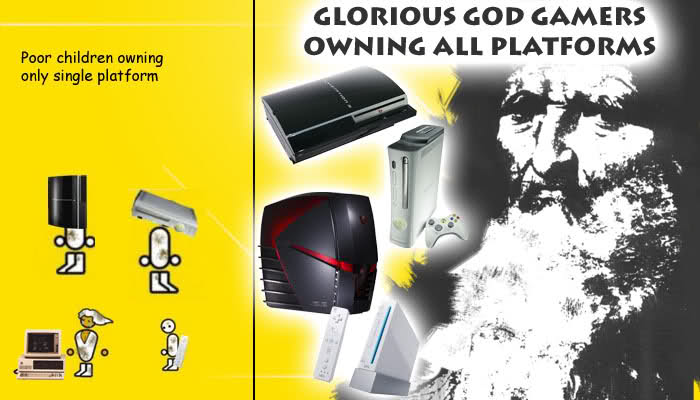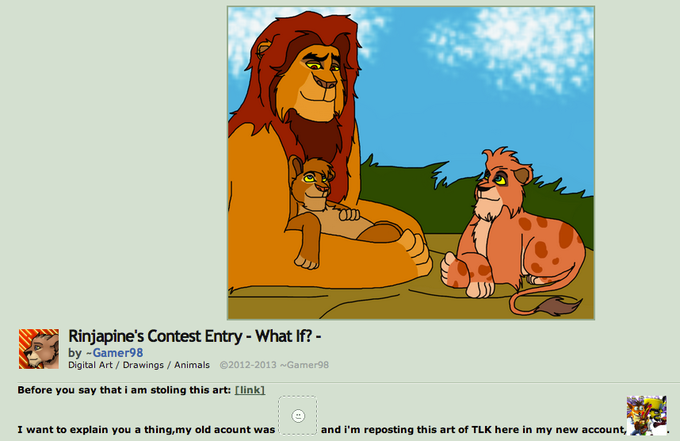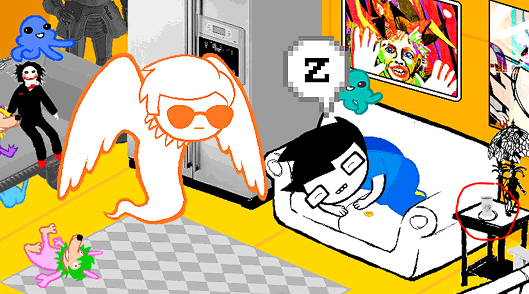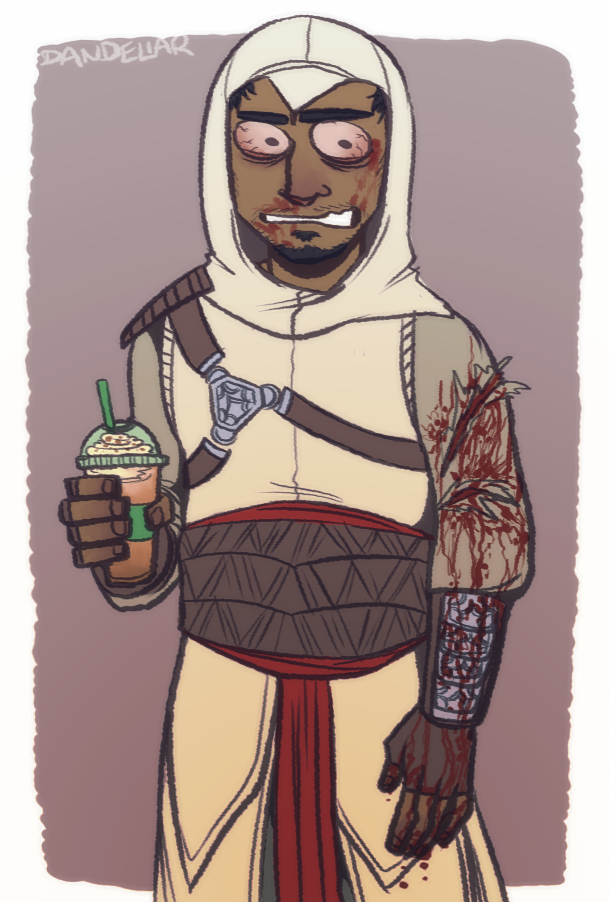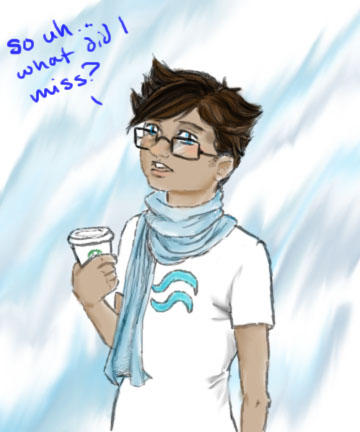[WIP]
About
Memetic Communication, or the use of memes as a form of communication, is central to the concept of memetics. The Oxford English Dictionary defines a meme as:
A cultural element or behavioural trait whose transmission and consequent persistence in a population, although occurring by non-genetic means (esp. imitation), is considered as analogous to the inheritance of a gene.
From Richard Dawkins’ book The Selfish Gene, in which he coined the term ‘meme’:
We need a name for the new replicator, a noun which conveys the idea of a unit of cultural transmission, or a unit of imitation.
Thus, memes exist as a ‘unit’ of cultural expression, that are transmitted from person to person, and even between cultures. As such, for memes to exist and spread, they must be communicable. The exponential rise of social media has spurred the creation and transmission of countless internet memes, to the point where it can be said that internet memes constitute a unique form of communication, with nearly as much subtlety and diversity as a proper language.
History
The term ‘meme’ was coined in 1976, long before the days of the internet. Its original usage described units of cultural expression, such as popular pottery styles, architectural features, or even stereotypes. These memes were (and are) communicated largely through trade, theatre, and other traditional media.
An example of this sort of meme is the use of curved edges on consumer electronics. The first real example of this was the iMac G3, manufactured by Apple from 1998 to 2003. The computers had a very distinctive shape, and were sold with a variety of brightly-colored plastic casings; this set a very stark contrast from the beige, square towers that dominated the market at the time. Combined with their aggressive marketing campaign, Apple’s design ethos became extremely popular, and set the standard for consumer electronics design, to the point where Apple and Samsung are locked in multiple patent battles. Square or boxy computers now look very dated.
Thus, rounded edges as a design feature can be said to be memetic, in that they are a specific design feature that quickly caught on, and was subsequently imitated by nearly all other consumer electronics companies. As far as communication, possession of consumer electronics with rounded edges, especially when it was a new phenomenon, indicates a certain level of fashionability and socioeconomic status; thus, the meme of curved edges can communicate ideas to others.
Comparison with Tropes
A similar concept, often used in parallel context, is the trope. Tropes are frequently used in communication alongside memes, but there is an important difference. Memes are units of cultural expression, whereas tropes generally refer to literary devices or clichés In that way, tropes tend to be much more general ideas than memes; tropes may form the style of a language, while memes are the objects of language. When communicating, a person may draw upon or refer to tropes, while incorporating specific memes.
On the Internet
The recontextualization of memes within the internet has allowed for the huge expansion of memes and memetic communication, along with the dramatic increase in social media use. Online communication has allowed for memes to nearly become a language in their own right. Memes begin to spread on sites such as 4chan and reddit, and are picked up on by other sites such as FunnyJunk, Cuánto Cabrón, and 9gag, with new instances and derivatives being created all along. Sites such as Cheezburger and Meme Generator were created with the express purpose of creating instances of memes, and thus a memetic lexicon of sorts is created and spread around social media.
Memes become so recognizable to experienced net users that they can be used to express sentiments or ideas, without the need for explanatory text. This may not always be the case in more popular social media sites such as Facebook and Twitter, although they are still widely-recognized and find similar usage.
Reaction Faces and Videos
The most common form of memetic communication is the use of reaction faces and reaction videos. There are hundreds of examples of both, sometimes associated with text, or just ideas. Below are some of the more commonly-used examples.
Costanza.JPG / >ISHYGDDT
A common reaction image (seen below) is an image of the Seinfeld character George Costanza bearing a look of contempt. The meme is usually called Costanza.jpg or Contempt Costanza, and its usage is fairly specific. It is generally used to express disapproval, contempt, or disbelief towards an action or argument. It can be combined with greentext (see below), as well as the phrase “I seriously hope you guys don’t do that” (ISHYGDDT). It is also frequently used along with “‘>Implying’”:/memes/implying-implying-implications/ and “‘>2012’ or ‘>2013’”:/memes/2011-2012/ (see below). An example might be:
>2013
>not knowing that memes are used for communication
>costanza.jpg
![]()
Xzibit / Yo Dawg
Another very common reaction image is an image of the rapper Xzibit laughing (below, left). The image is almost always associated with the phrase “Yo dawg…”, which is a reference to the original recursive humor represented by the meme. The image might be used to respond to a story or another image which features such recursive humor, such as a photo of a pizza topped with mini-pizzas. Thus, it communicates a very distinct message, by pointing out and making fun of recursiveness, especially if it’s unintentional.
Two related images of Xzibit are also used (below, center and right). These have somewhat different connotations; they are generally used to follow up on the use of the ‘smiling Xzibit’, when the recursiveness is taken to new levels. The center image is generally used to express amazement or wonder, while the right image is used to express confusion, or to say “this has gone too far”.
![]()
![]()
![]()
Rage Comics as Reaction Faces
The use of individual rage faces as reaction faces is extremely widespread, and remain one of the most widely-recognized forms of memetic communication on the internet. Due to the diverse nature of rage comics, there are tons of possible examples with a variety of meanings. Rage faces are generally used to conclude or to react to stories or images, and rage comics, compilations of rage faces, are used to illustrate stories with well-recognized images. A list of common examples can be found here.
![]()
You Tried
The phrase You Tried, accompanied with a gold star, is commonly used to contemptuously make fun of the failures of others. The image originated on tumblr, and is now used across the internet. Along with its derivatives, it communicates a very clear and precise response message – feigning sympathy while really feeling contempt or vindication towards the failure in question.
![]()
Nope.AVI
Nope.AVI is a very widely-used reaction video (see below). It is frequently used as a humorous response to a story or photo, although its direct meaning can vary. It may be used to simply express a negative response (i.e. no). Another common use is to express fear or disgust at a story or picture; the usage of “nope” in this context has expanded beyond nope.AVI, and is frequently used as a response.
Internet Slang
Another important facet of memetic communication is the widespread use of internet slang expressions, such as YOLO, derp, LOL, spam, and dafuq. There are a large number of neologisms and idioms that are said to have originated on the internet, and thanks to social media, they have found their way into everyday use online. Slang terms are frequently used along with other forms of memetic communication, including reaction images (mentioned above). Internet users have even developed a unique writing system, 1337speak, that frequently accompanies the internet lexicon.
Internet slang is so prevalent that it finds usage in everyday speech away from the internet, and thus is widely-recognizable in all forms of media. While many of the phrases’ meanings may be misinterpreted down the line, the spread and usage of memetic language is omnipresent in today’s society. A list of common terms can be found here.
-fag Suffix
An interesting case of memetic internet slang is the use of the word ‘fag’ as a suffix. In the traditional sense, ‘fag’ is short for faggot, a pejorative term used against homosexuals. On 4chan, the term was originally used as a suffix in a similar context, to insult users who had unusual interests. For example, an alternate (and much more derogatory) term for a furry is ‘furfag’.
However, as the popularity of the -fag suffix grew on 4chan, it began to be applied more and more humorously, creating terms such as oldfag (for users who had been using the site for a long period of time), eurofag (for European users or users interested in European culture), or drawfag (for users who enjoy drawing), none of which are particularly insulting. In fact, the -fag suffix grew to be used to indicate a sense of camaraderie between users.
The -fag suffix has since found usage far beyond 4chan, and although its traditional pejorative connotations still cause confusion and misunderstanding, those who are more versed in memetic language recognize it for the meaning it has attained through its memetic spread across the internet.
Emoji / Emoticons
Another case of memetic language is the widespread use of emoticons or emoji to convey emotions. These are typographical characters or figures that usually incorporate some type of facial features to express an emotion. The archetypical example is the smiley face: :-). There are a wide variety of examples of such emoticons used to express simple emotions or sentiments, like happiness, sadness, boredom, anger, etc., and they are frequently used in text-based communication, such as tweets or text messages. There are also a number of more subtle or complex emoticons that are widely used, such as:
- ಠ_ಠ, also known as the Look of Disapproval
- (╯°□°)╯︵ ┻━┻, also known as Flipping Tables
- >:3, sometimes paired with the phrase “Jesus Christ, It’s a Lion, Get in the Car!”
- ( ͡° ͜ʖ ͡°), an emoticon sometimes referred to as Le Lenny Face, whose only use is to spam forums
Since emoticons are so widely used, they constitute a fundamental form of memetic communication.
The Use of ‘>’: Greentext and Implying
Internet users have created a unique mode of memetic communication that prefaces statements with ‘>’. This habit began on 4chan, where lines of text that begin with ‘>’ are automatically colored green. This gave rise to what are referred to as greentext stories, in which a narrative is related using a series of sentence fragments, each beginning with ‘>’, and often accompanied by an image to convey the author’s emotions:
![]()
Greentext stories are almost always personal narratives, truthful or otherwise. In many cases, they have gag endings, where the author will entirely distort the context of the narrative to make it much more humorous. Although greentext stories are most prevalent on 4chan, they can also be found in many other forum-based sites, as well as in IRC chats.
A related use of > to preface a statement is “‘>Implying’”:/memes/implying-implying-implications/, or ‘>Implying that X’. This is almost always used mockingly, to point out unsound logic upon which conclusions are drawn or opinions are formed. As with greentext stories, the use of ‘>Implying’ originated on 4chan. It, along with its variants “‘>2012’ or ‘>2013’”:/memes/2011-2012/, are frequently combined with the Costanza.jpg reaction face (see above) to express contempt at someone else’s logic or arguments.
External References











